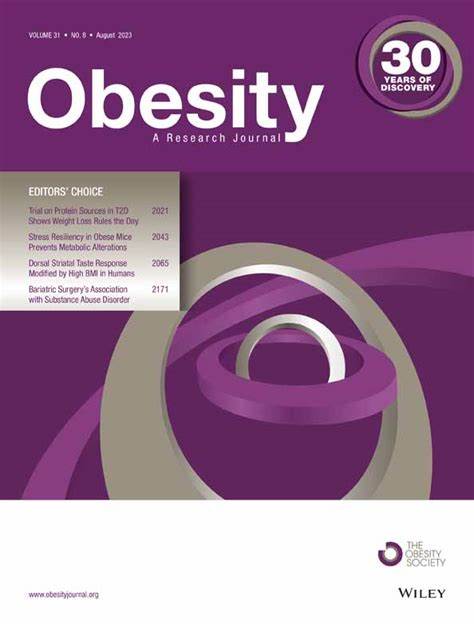Variations in weight loss and glycemic outcomes after sleeve gastrectomy by race and ethnicity
Abstract
Objective
This study examined racial and ethnic differences in percent total weight loss (%TWL) and glycemic improvement following sleeve gastrectomy (SG) and explored the role of socioeconomic and psychosocial factors in postsurgical outcomes.
Methods
This longitudinal study included patients who underwent SG between 2017 and 2020, with follow-up visits over 24 months.
Results
Non-Hispanic Black (NHB) participants had lower %TWL at 3, 12, and 24 months compared with Hispanic (H) and non-Hispanic White (NHW) participants. Fat mass index was initially lower in NHB, with smaller reductions over time and significant group differences persisting at 24 months. NHB participants had higher baseline fat-free mass index values; by 24 months, fat-free mass index values were lower in H participants. Hemoglobin A1c decreased across all groups but remained consistently higher in NHB and H compared with NHW at 24 months. NHB participants reported higher perceived discrimination, sleep disturbance, and perceived stress than H and NHW participants at all time points. Employment status predicted %TWL at 12 months. There was a significant interaction between race and ethnicity and employment status observed at 12 and 24 months, suggesting that employment-related disparities could impact surgical outcomes.
Conclusions
NHB participants experienced less favorable outcomes following SG, emphasizing the need for tailored interventions addressing socioeconomic and psychosocial disparities.

 求助内容:
求助内容: 应助结果提醒方式:
应助结果提醒方式:


